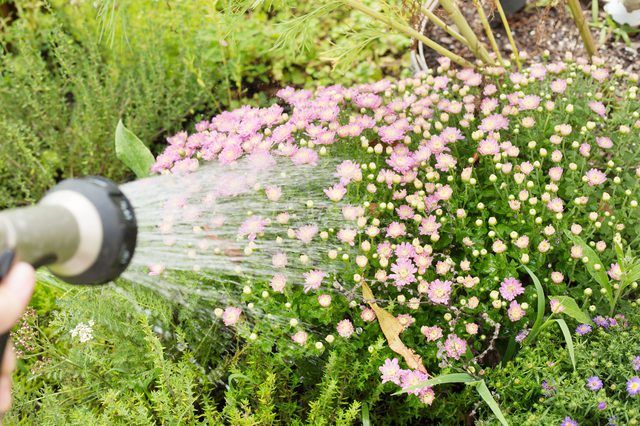Bulbs
Flower Basics
Flower Beds & Specialty Gardens
Flower Garden
Garden Furniture
Garden Gnomes
Garden Seeds
Garden Sheds
Garden Statues
Garden Tools & Supplies
Gardening Basics
Green & Organic
Groundcovers & Vines
Growing Annuals
Growing Basil
Growing Beans
Growing Berries
Growing Blueberries
Growing Cactus
Growing Corn
Growing Cotton
Growing Edibles
Growing Flowers
Growing Garlic
Growing Grapes
Growing Grass
Growing Herbs
Growing Jasmine
Growing Mint
Growing Mushrooms
Orchids
Growing Peanuts
Growing Perennials
Growing Plants
Growing Rosemary
Growing Roses
Growing Strawberries
Growing Sunflowers
Growing Thyme
Growing Tomatoes
Growing Tulips
Growing Vegetables
Herb Basics
Herb Garden
Indoor Growing
Landscaping Basics
Landscaping Patios
Landscaping Plants
Landscaping Shrubs
Landscaping Trees
Landscaping Walks & Pathways
Lawn Basics
Lawn Maintenance
Lawn Mowers
Lawn Ornaments
Lawn Planting
Lawn Tools
Outdoor Growing
Overall Landscape Planning
Pests, Weeds & Problems
Plant Basics
Rock Garden
Rose Garden
Shrubs
Soil
Specialty Gardens
Trees
Vegetable Garden
Yard Maintenance
How to Care for Mums
How to Care for Mums . With close to 160 different species, chrysanthemums, or mums, give you plenty of choices for color, sizes and growth habits. You can choose from 6-foot tall varieties to those that grow only 1 foot tall and from single, 2-inch flowers to double-form flowers. Mums are usually an easy-care plant, but with attention to care, you...
With close to 160 different species, chrysanthemums, or mums, give you plenty of choices for color, sizes and growth habits. You can choose from 6-foot tall varieties to those that grow only 1 foot tall and from single, 2-inch flowers to double-form flowers. Mums are usually an easy-care plant, but with attention to care, you can maximize their growth and their hardiness.
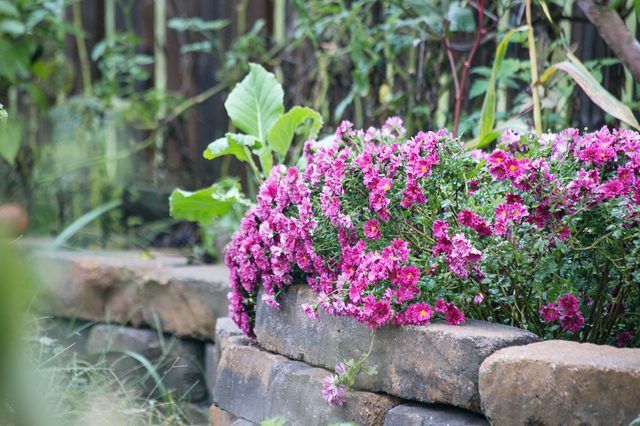
Mum hybrids (Chrysanthemum x grandiflorum) appear in nurseries and grocery stores year-round, but they typically bloom in your yard in late spring or early fall and are generally hardy in U.S. Department of Agriculture plant hardiness zones 5 through 9, depending on variety. Mums prefer full sun, but will also do well with partial shade. They do best with regular watering, about once a week or more in hot weather, and thrive in slightly acidic, rich and well-draining soil.
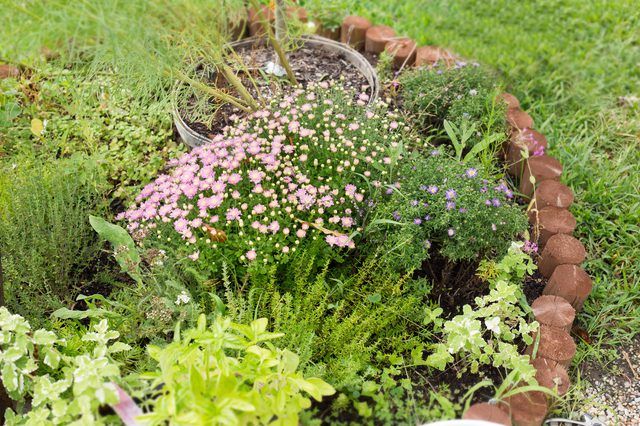
For the best blooms and healthiest plants, fertilize your mums with a 15-15-15 multipurpose fertilizer blend, using about 1 pound for each 100 square feet of garden space. Feed your plant about every 10 days from spring until the buds begin to show some color. Sprinkle the fertilizer lightly around each plant and work it into the soil slightly, and then water the plant well to help the fertilizer reach the mum's roots.
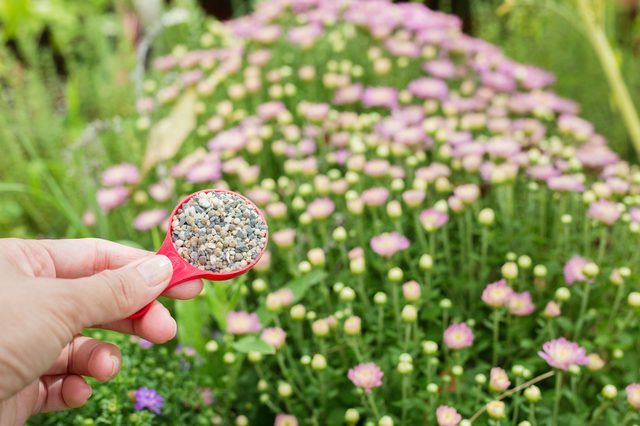
Mums produce bigger flowers and more sturdy stalks if you pinch the tips of each stem back throughout the growing season during the spring and summer. Stop pinching once you see buds begin to color. Pinching prevents the plant from becoming leggy, with skinny stalks that tend to fall over. Plant potted mums in your garden at any time, where they will revert over time to a fall blooming schedule. Divide existing garden plants in early spring as new growth begins or after the plant finishes blooming in the fall.
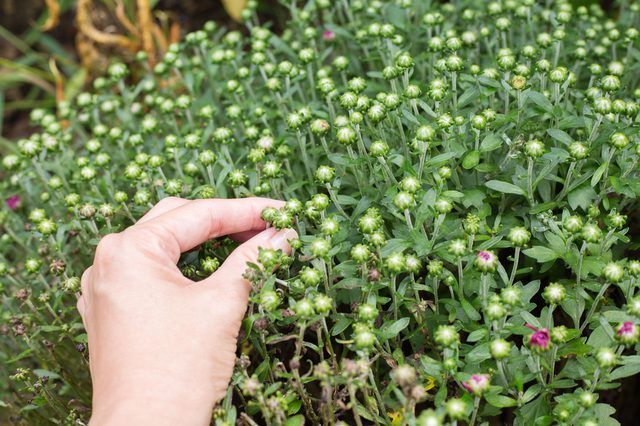
Aphids appear in all USDA zones, and you can remove them with a strong spray of water. In hot climates, mums may be attacked by boring insects that are the larvae of beetles or moths. Preventive measures work best for borers -- clear weeds from underneath your mum and remove leaves and stems infested with larvae. If prevention doesn't work, apply the pesticide Bt or Bacillus thuringiensis with a garden sprayer to cover the leaves and stems of the mum. Mix 1/2 to 4 teaspoons of a concentrate for each 1 gallon of water and apply weekly until the infestation is gone. Wear gloves and eye protection, and follow all label safety precautions when applying.
